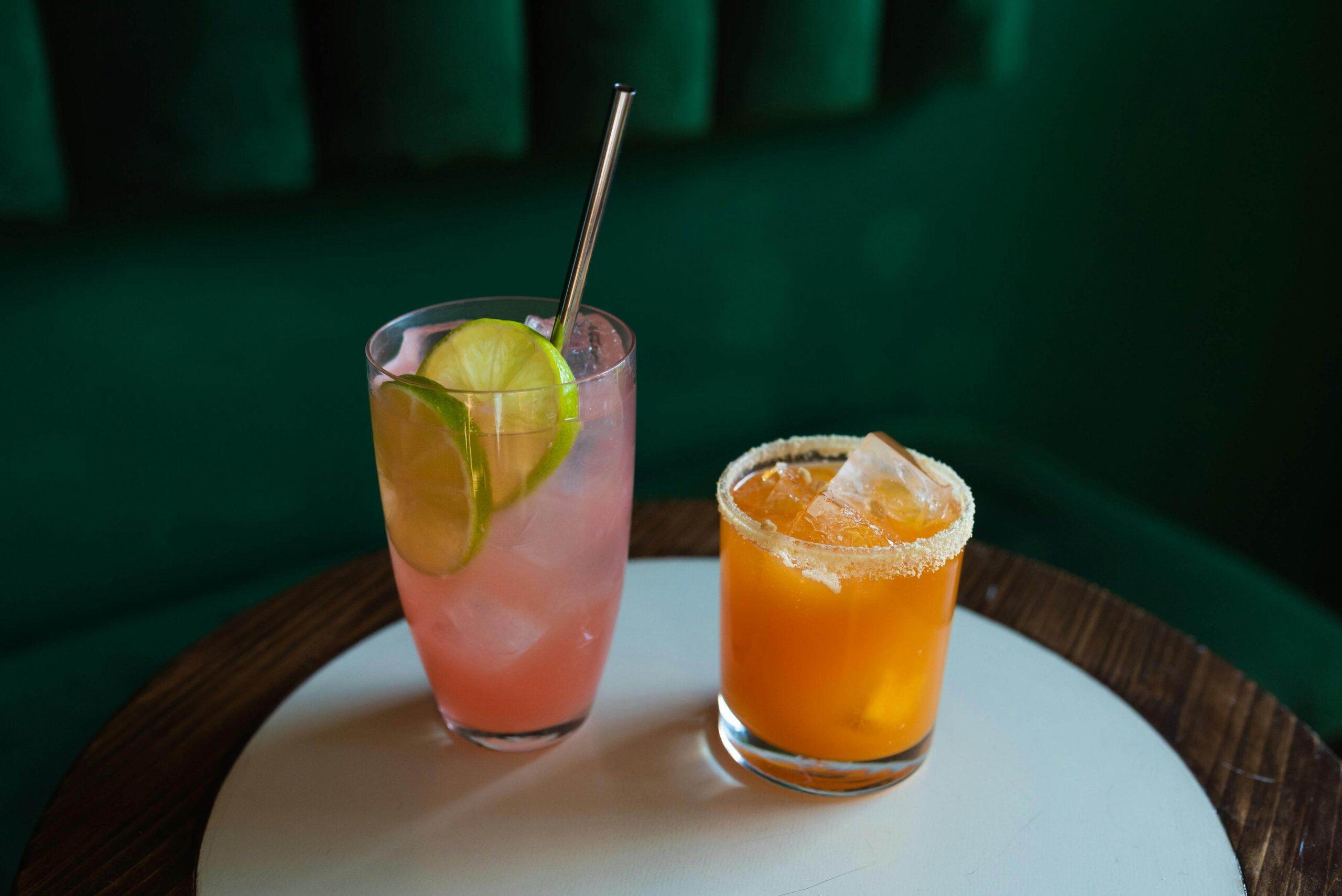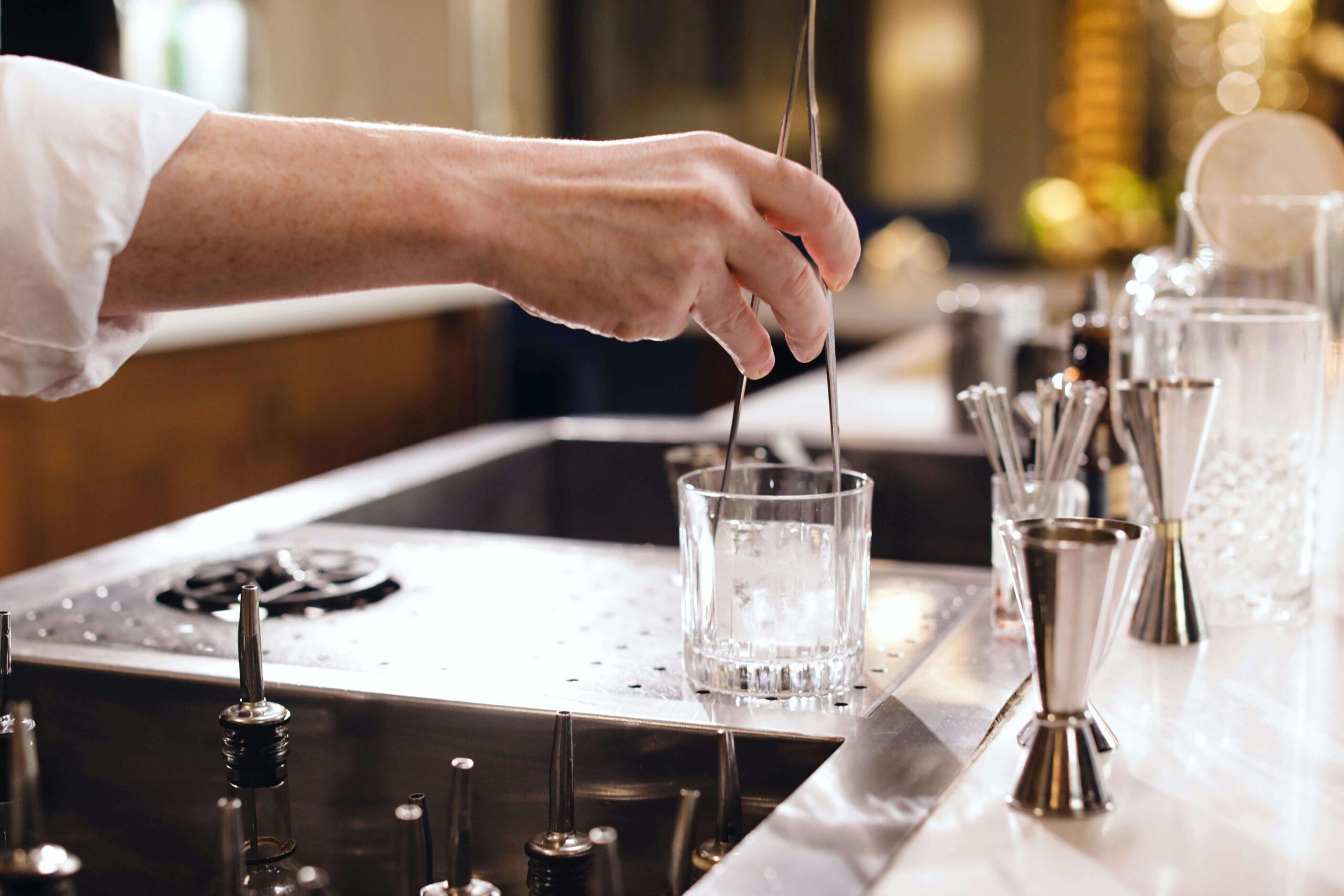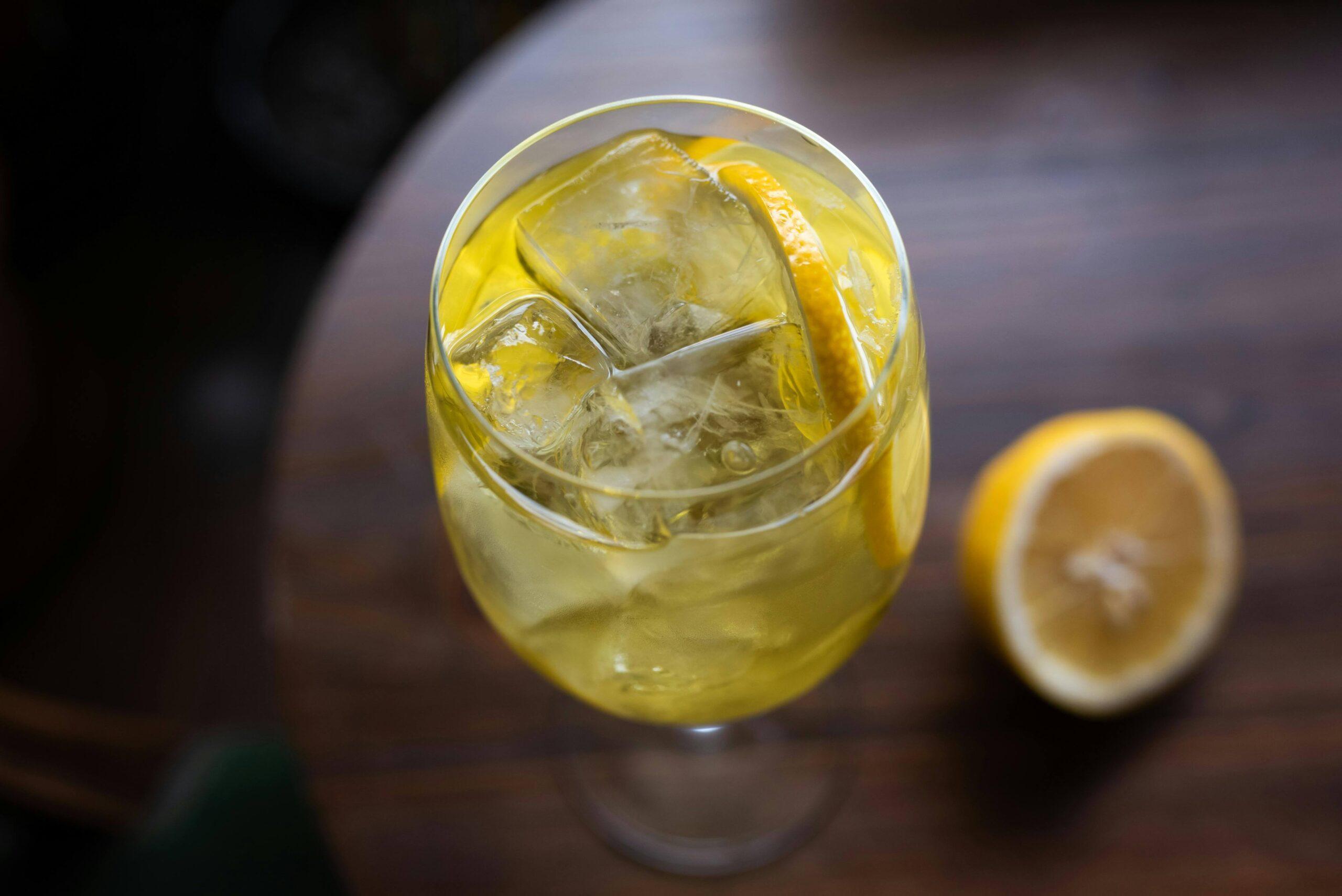When it comes to making great cocktails, most people focus on the spirits, mixers, and garnishes. But there’s one essential ingredient that often gets overlooked: ice. It might seem like a minor detail, but the type of ice you use can make or break a drink. From how quickly your drink chills to how slowly (or quickly) it dilutes, ice plays a critical role in both the flavor and experience of your cocktail.
Think about it: would a whiskey on the rocks feel the same with a handful of fast-melting crushed ice? Would a tiki drink hit the same without a mountain of frosty, chewable nuggets? The truth is, using the right ice both elevates your drink and shows the amount of thought and care that goes into it.
Whether you’re a home bartender or just looking to up your happy hour game, this guide will be your go-to resource for mastering the coolest part of any cocktail.
The Science of Ice in Drinks

Dilution
Ice is always consistent with the fact that it melts. The one thing that can change, however, is how quickly it melts. If you choose the right ice and it slowly melts, it can dilute your drink. Dilution is a tool utilized to bring out finer notes and flavors within the liquor you’re sipping. It can also be used to make a strong drink a bit easier to enjoy.
Surface Area and Shape
Larger cubes melt the slowest. So, if you are looking to dilute a drink slowly, you’ll want to maximize the available surface area for ice. Typically, a spherical shape will melt the slowest out of the shapes, especially if it is clear.
Aesthetic Impact
Sometimes a cocktail might feel like it’s missing something, that extra pizzazz to make it an automatic crowd pleaser. Ice, specifically clear ice, will transform your cocktail into an experience. If you have an ice press, you can even put on a show for your guests by using it in front of them and letting the press work its magic.
Common Types of Ice and Their Uses
Standard Cubes (1” square)
Best for: Mixed drinks like rum & Coke, gin & tonic.
Pros: Readily available, versatile. These cubes work with almost any type of glass.
Cons: Medium melt rate.
Large Cubes / King Cubes
Best for: Whiskey, Old Fashioned, spirit-forward sippers.
Pros: Slow melt, dramatic presentation.
Cons: Without a special mold, one would have to cut down a large block of ice in order to create some smaller cubes.
Crushed Ice
Best for: Mojitos, Mint Juleps, tiki drinks.
Pros: Fast chilling, great texture.
Cons: Melts quickly and will end up diluting a drink more than what might be ideal. The drink could end up tasting “watered down” depending on the ratio.
Collins Cube
Best for: Highballs, Tom Collins, gin & tonic.
Pros: Fits tall glasses, slow melting.
Cons: A specific mold is required for this type of ice, making it less accessible.
Ice Spheres
Best for: Neat spirits or premium cocktails.
Pros: Very slow melt, considered elegance in ice form. Always a crowd pleaser, but tools are required to craft this shape.
Cons: Needs molds or an ice press.
Nugget Ice
Best for: Soft drinks, fruity cocktails.
Pros: Crunchy, fun texture. Sometimes it makes a great snack once you’ve finished your cocktail.
Cons: Melts quickly, which leads to a less-than-ideal dilution rate at times.
Clear Ice
This is not a specific shape, but it is a form in the sense that the quality of clear ice determines the ice’s melting rate.
Best for: Any cocktail where aesthetics matter.
Pros: Slower melting, looks premium. The added detail of clear ice is what brings your drink to the next level.
How to make it: Directional freezing or clear ice makers. We recommend the Clear Cube.
Ice Pairing Chart (Quick Reference)
| Drink/Cocktail | Ideal Ice Type |
| Old Fashioned | Large Cube |
| Mojito | Crushed Ice |
| Whiskey Neat | Sphere or King Cube |
| Gin & Tonic | Standard or Collins Rod |
| Margarita (blended) | Crushed/Blended Ice |
| Tom Collins | Collins Cube |
| Rum & Coke | Standard Cubes |
| Negroni | Large Cube |
Bonus Tips to Elevate Your Ice Game

When to Shake or Stir with Ice
Cocktail technique is just as important as the ingredients you use, and knowing when to shake or stir can dramatically improve the texture and balance of your drink. As a general rule, shake cocktails that include juice, dairy, or egg whites—this aerates and chills them while ensuring proper mixing. Stir spirit-forward cocktails like Manhattans or Martinis to maintain clarity and achieve a silky, smooth texture. In both cases, ice plays a critical role in both dilution and temperature, so don’t skip it.
Why Store-Bought Bagged Ice Falls Short
Bagged ice from the grocery store is convenient, but it’s far from ideal. It’s often made with impure water, which can leave off-flavors in your drinks. Plus, the cubes tend to be irregular and already partially melted, which means inconsistent dilution. For better-tasting cocktails and more control over texture and chill, consider making your own ice at home.
Tools to Upgrade Your Ice Game
If you’re ready to get serious about cocktail ice, a few simple tools can make a big difference. A Lewis bag and wooden mallet give you bar-style crushed ice with satisfying flair and precision. For the ultimate in cocktail aesthetics, ice presses can shape crystal-clear ice into spheres or diamonds in seconds. Depending on the style of drink you’d like to concoct, there is a tool out there that can make a complete difference in the quality of your drink.
Conclusion: Don’t Underestimate the Ice
This guide shows that ice is more than just a way to chill your drink. It’s a vital ingredient that directly impacts the flavor, texture, and overall experience of every cocktail. By understanding how different types of ice affect dilution, presentation, and even taste, you can level up your home bartending skills in a big way.
So the next time you reach for your shaker or stirrer, remember: great ice makes great drinks. Cheers to mastering the coldest detail that makes the biggest difference!


